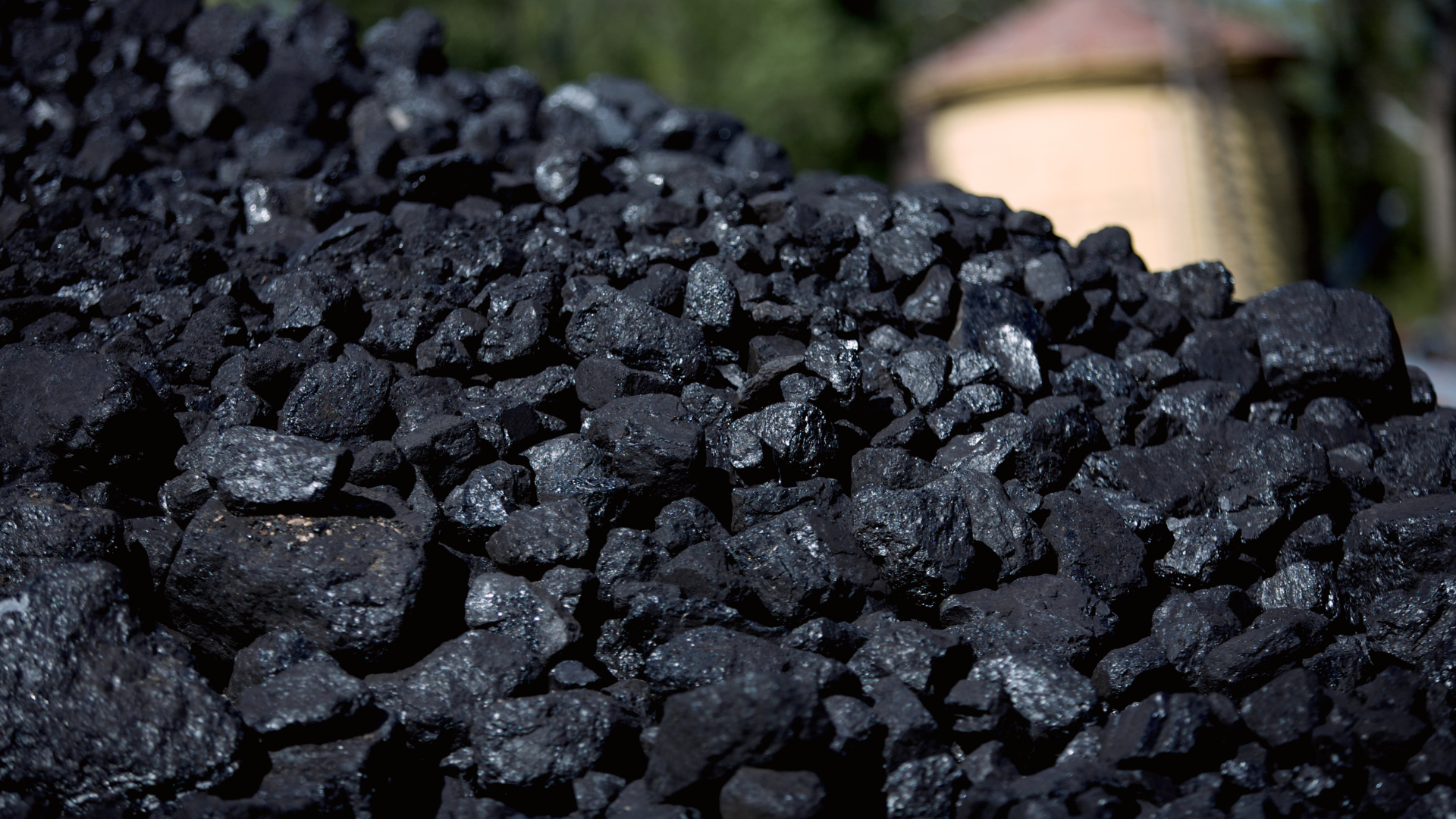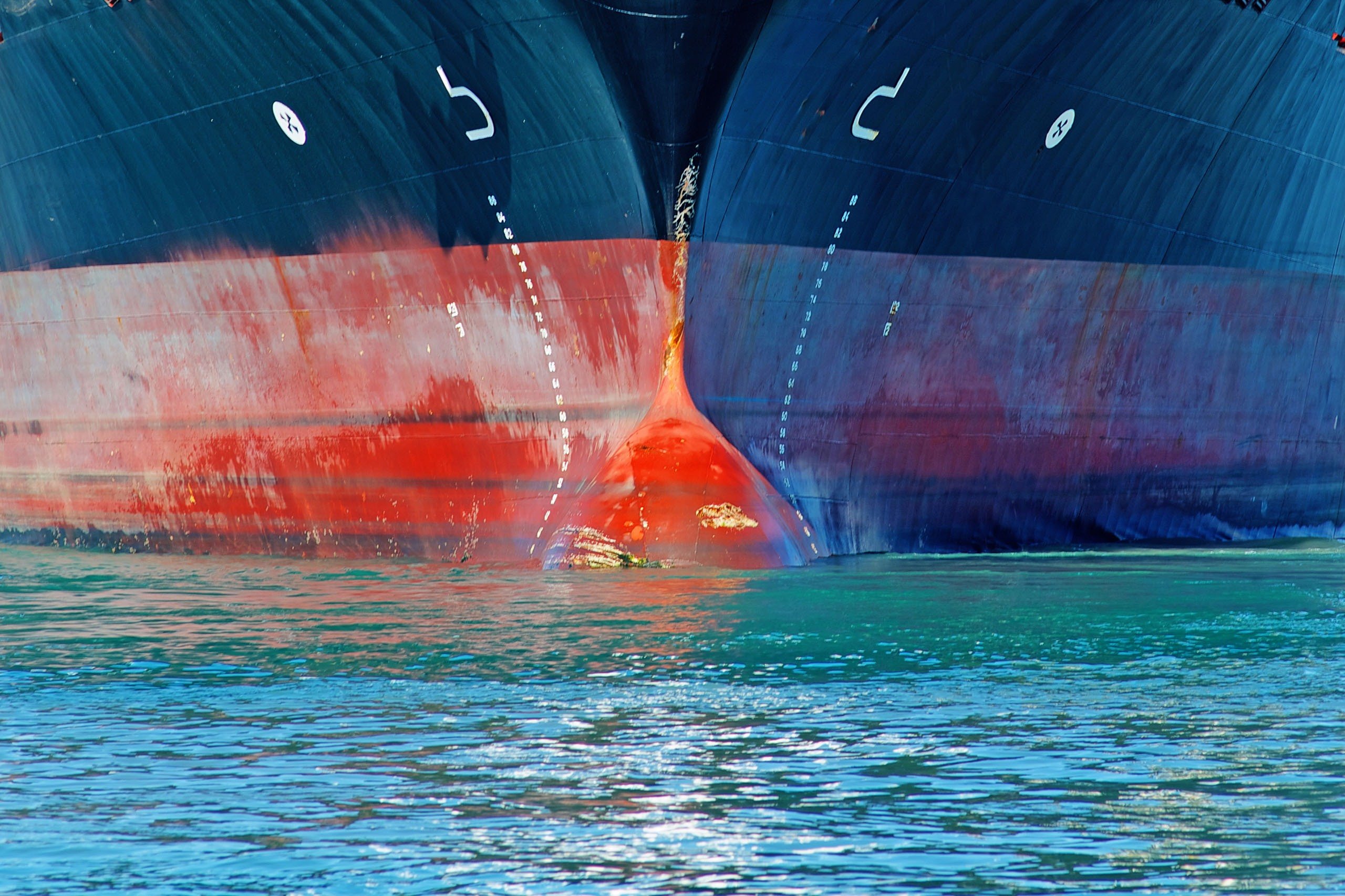Collision action – Convoy of eight vessels transiting Suez Canal – Five-ship Casualty – 100% Liability for collisions
The owners of the vessel Sakizaya Kalon v the owners of the vessel Panamax Alexander – [2020] EWHC 2604 (Admlty)
This incident happened in July 2018 involving three bulk carriers transiting the Suez Canal. On the evening of 15 July 2018, a southbound convoy of eight vessels were proceeding through the southern section of the Suez Canal. At about 17:50, the 5,086 TEU containership Aeneas – the vessel at the head of the convoy – suffered an engine breakdown and, by about 18:20, was forced to anchor, blocking the canal. That caused all the following vessels in the convoy to take emergency mooring and/or anchoring action within the canal.
At about 19:48, the eighth and last vessel in the convoy, Panamax Alexander (PA), failed to moor and so collided with the seventh vessel Sakizaya Kalon (SK) which was at anchor. Then both vessels drifted downstream and collided with the sixth vessel in the convoy Osios David (OD) which was also anchored and moored. The three vessels ended up in a triangular shaped position and made further contacts with each other before they managed to separate.
The collisions occurred between the stretch of the canal marked KM 151 and KM 153. It is common ground that between KM 149 and KM 151, laid submarine cables and pipelines impeded a vessel’s autonomy to utilise her anchors to assist in mooring.
PA being the final vessel in the convoy, having collided first with SK and secondly with OD, might prima facie have been considered to be wholly to blame. However, PA was able to submit that that ‘superficial’ view should not be accepted when, on the facts, there was a duty on vessels in the convoy to inform those astern of their intention to moor, there were submarine cables which impeded the use of anchors to assist with mooring, and, there were challenges of mooring in a following current.
PA argued that OD and SK failed to inform PA of their intentions to moor and created a dangerous situation by obstructing the passage in an area only a cable’s length in width, while the owner of SK and OD alleged that PA failed to moor before KM 149 and thus, could not use her anchors to assist in mooring, leading to the collision. Claims arising totalled some USD$18 Million.
Judgement
Mr Justice Teare in his last-ever judgment in the High Court made the following findings on the question of fault:
- PA was at fault in failing to put her engines astern at 1822, instead of merely stopping them, in order to increase the distance between OD and SK. By stopping her engines her speed was of course falling but astern engine action at 1822 would have reduced her speed further and so increased the distance between PA and SK.
- PA failed to moor before KM 149, before the submarine cables/pipelines. Her failure to moor was not because she had insufficient time in which to do so, but was because she did not appreciate that there was a risk of collision. These were breaches of rules 5, 7 and 8 of the Collision Regulations, and caused the collision between PA and SK.
- Having failed to moor before KM 149 and having proceeded past KM 150.5, PA’s failure to drop an anchor as part of a controlled mooring operation was a further breach of rules 5, 7 and 8, which contributed to the collision between PA and SK.
- OD was at fault in failing to inform SK and PA behind her of her intention to moor but such fault had no causative potency for the reason that OD’s duty to inform was first and mainly to SK immediately behind her, but SK had already stopped before the first collision. On the evidence, PA could not show that she would have reacted any differently even if such notice had been given by OD or SK.
- PA’s arguments that OD and SK should have attempted to carry on down the canal once they realised that PA was having trouble stopping, was rejected.
In summary, the collision between PA and SK at 1948 was caused by the fault of PA in failing to moor before KM 149, and PA’s further failure to moor, assisted by the use of an anchor, as soon as PA had passed KM 150.5, also contributed to the collision.
As for the following collisions, after the first collision the master and pilot of SK were still in the grip of the first collision, and were not in a position to prevent the rotation of the SK’s stern towards OD. The first collision at 1948 not merely provided the opportunity for the later collisions but also constituted the real and effective cause of the subsequent collisions at 2003.
PA was solely responsible and liable for all the collisions. Both OD and SK were held free from blame.
Comments
It is unusual for a judgment to find a vessel 100% liable for a collision. It is even more unusual for such a finding in a case of multiple collisions. In this case, a great amount of emphasis was placed on the VDR transcript at trial. The VDR data showed the progress of three vessels through the canal leading up to the collisions and also recorded what was said and heard on the bridge of each vessel. Teare J was persuaded that a “reconstruction animation video” of the VDR data can now portray the navigation of each vessel on the basis of reliable and detailed evidence.
When cross-examining the master of PA, the Judge found that the Master had fabricated evidence to show why PA never moored when it should have done so as the Master’s evidence could not be corroborated by the VDR audio log. This judgment is a reminder of how crucial it is to preserve records, especially VDR and ECDIS recordings, and AIS data. It also stressed the importance of maintaining a good lookout, and of applying common sense.
The advent of VDRs is a revolution for ship collision cases and how the cases are adjudicated in court. Unlike in the olden days, parties today arrive at trial with the navigation of the vessels agreed in very considerable detail.




